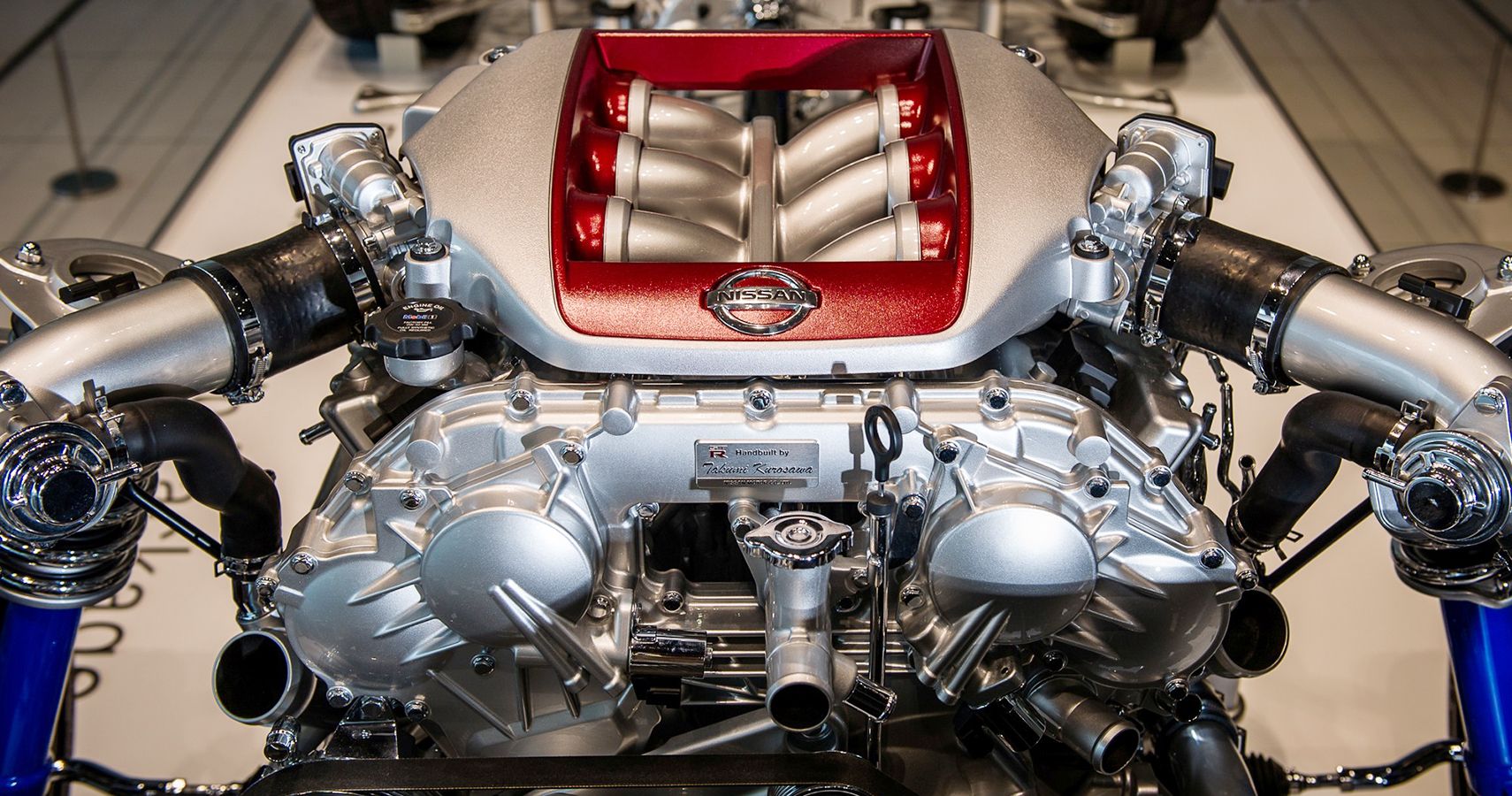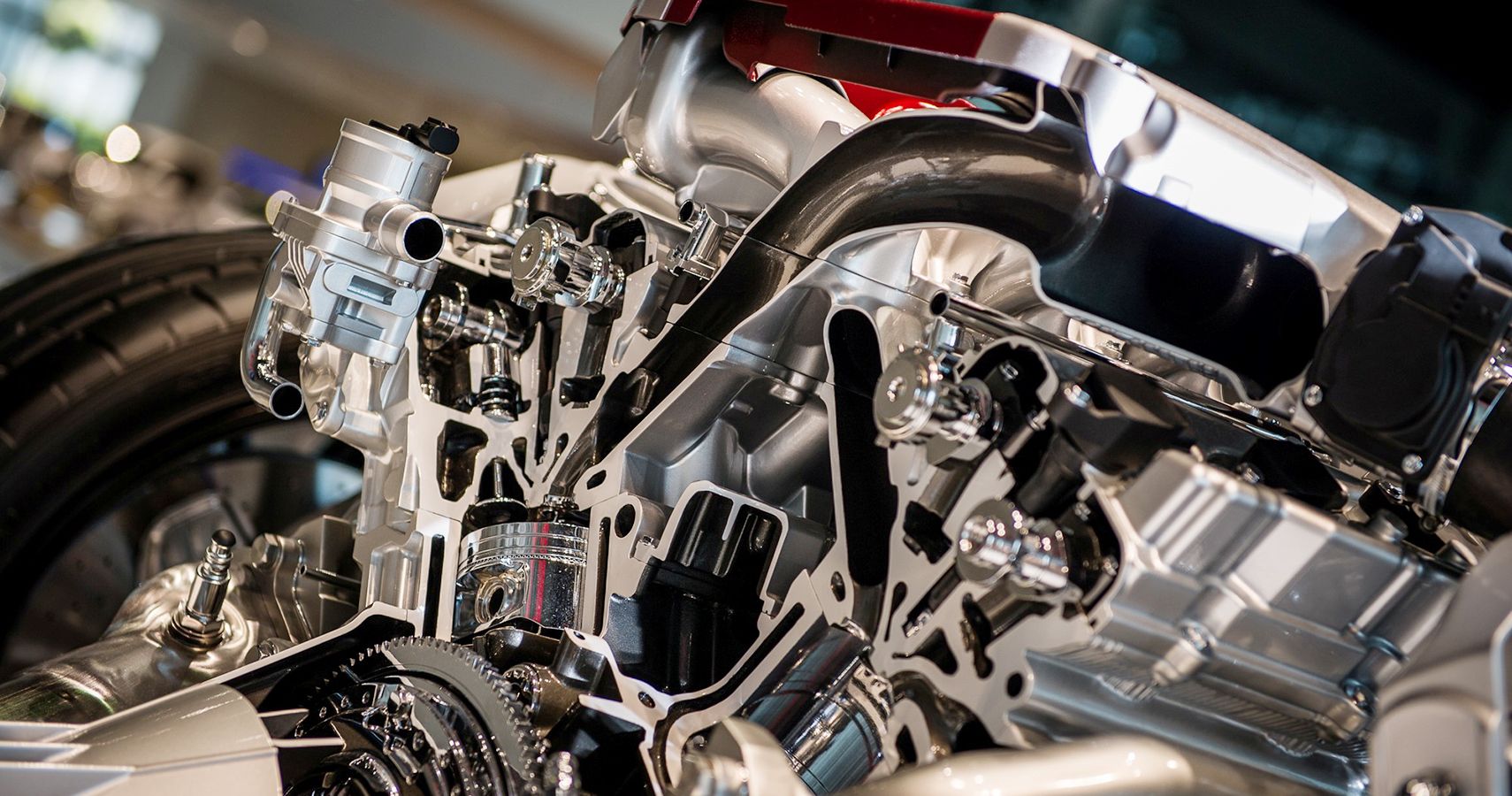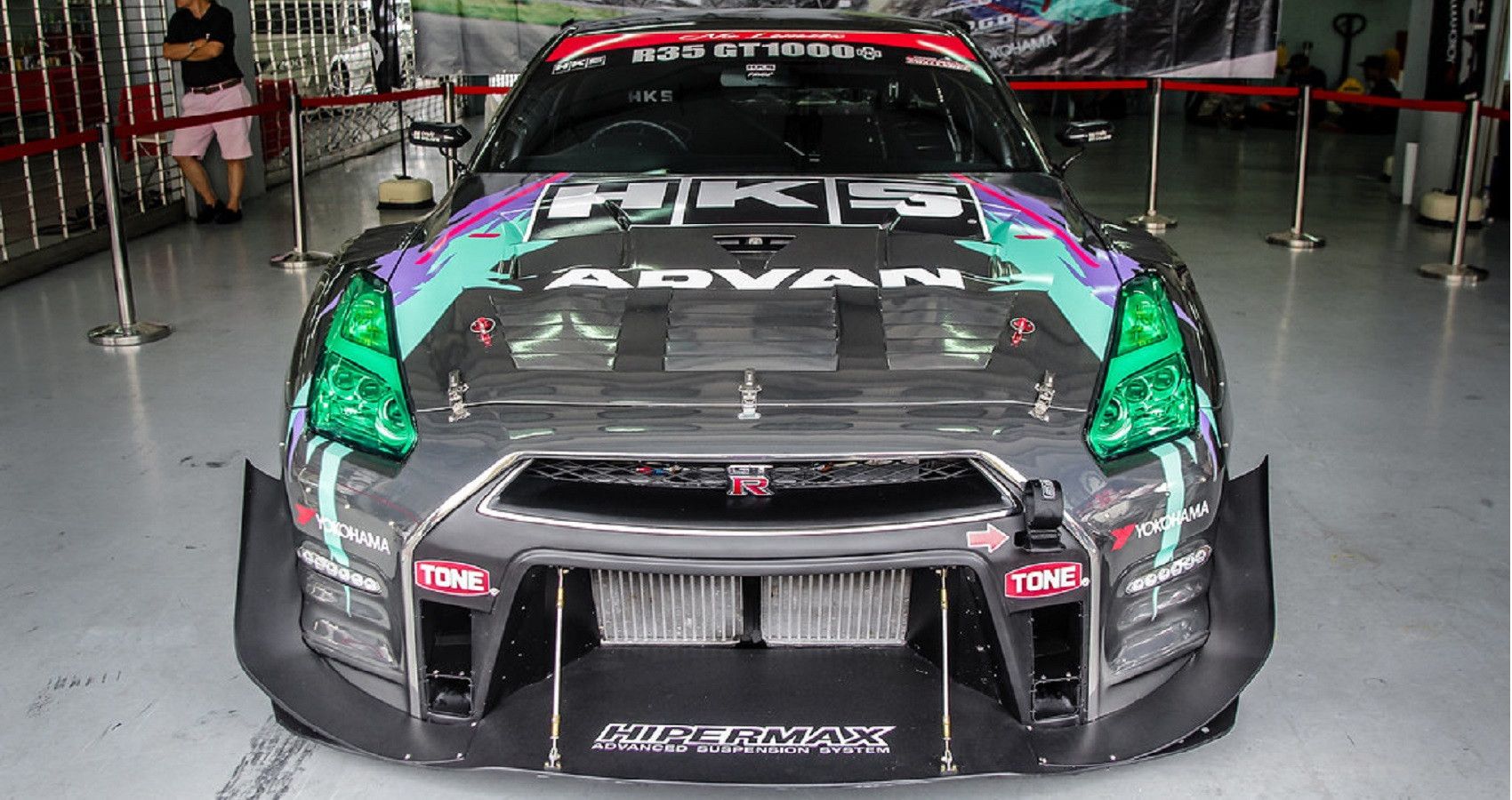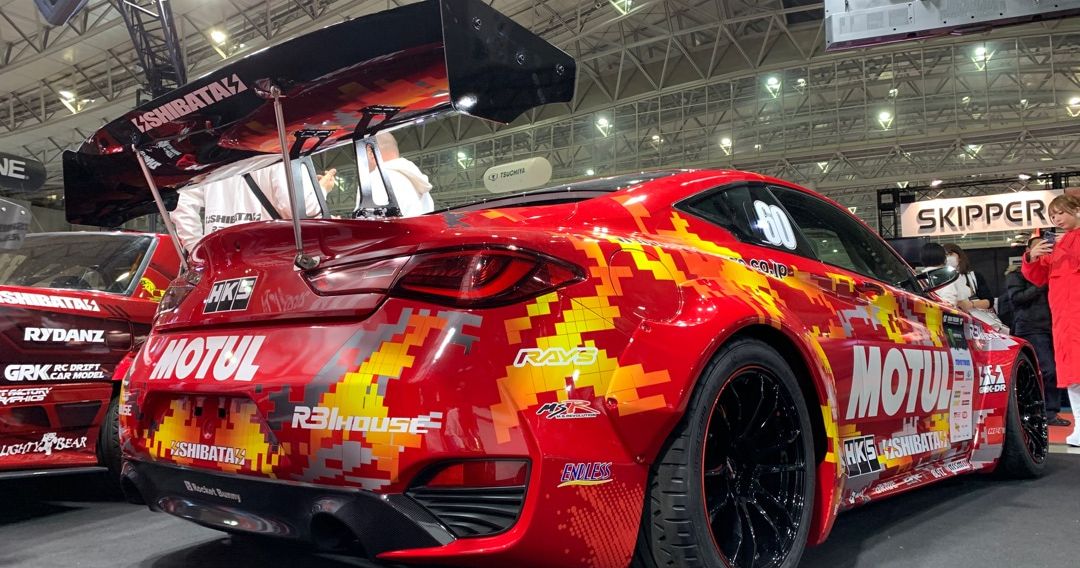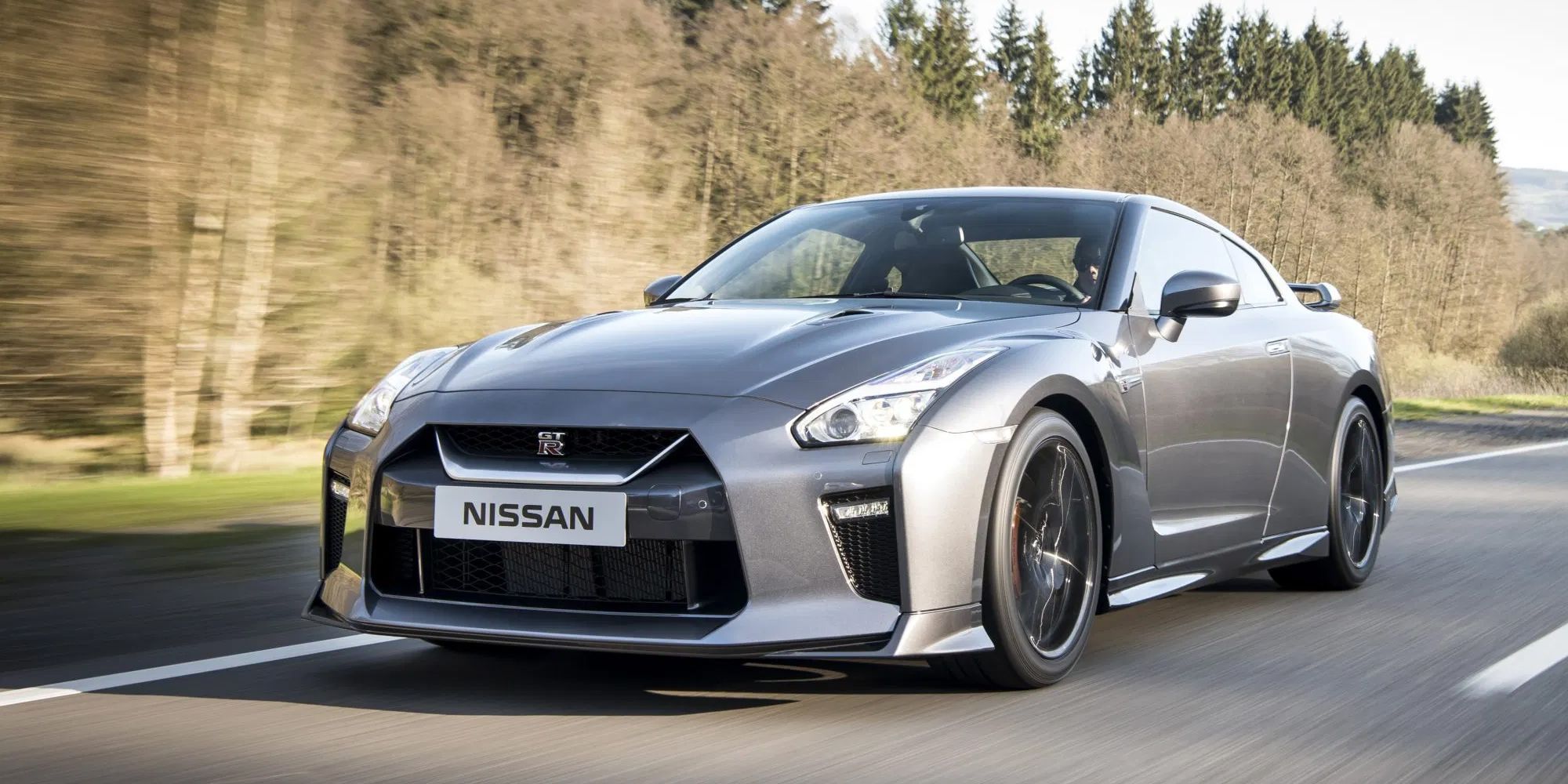There are three letters in the automotive world that always strike fear into the hearts of anyone coming up against them: GT-R. Notably, Nissan dominated the sports car market in the '90s with their Skyline GT-R models. Not long after the turn of the millennium, the R34 retired, and car enthusiasts worried that this was the end of so-called Godzilla.
However, in 2007, Nissan unveiled the then new, long-awaited GT-R at the Tokyo Motor Show. The company also dropped the Skyline moniker, meaning it was simply called the Nissan GT-R.
One of the main things that made the older GT-Rs so impressive was their RB26 engines with endless tuning potential. There was a lot of pressure and expectation on Nissan for the return of the GT-R, particularly in regard to what lay under the hood. Fifteen years on, it's safe to say that with the VR38DETT, Nissan didn't disappoint!
The Nissan VR38DETT Is An Engineering Masterpiece
The VR38DETT was specifically designed for the GT-R, and Nissan developed it from the VQ37 unit found in the 370Z. From an engineering perspective, the VR38 is very impressive. It's a 3.8-liter twin-turbocharged V6 that initially produced 480 hp and 430 lb-ft of torque. Every engine is hand built by Nissan's Takumi, or master craftsmen, and each engine they touch comes with a plaque with their names inscribed on it.
The six-cylinder block is cast from aluminum and the cylinder liners are plasma-sprayed to decrease friction and increase their thermal capacity. The pistons, connecting rods and the crankshaft, are all made from forged steel, making them capable of enduring extreme stresses. Nissan's Continuous Variable Valve Timing Control System controls the intake valves, and this can help to manage performance, reliability and economy. Capable of a combined city/highway gas mileage of 18mpg in the GT-R, it's a pretty impressive package. The VR38DETT is full of technology and unique parts that aren't out of place on modern vehicles – it's worth remembering how old it is!
The Nissan VR38DETT Has Plenty Of Power In Stock Form And Almost Limitless Potential
Nissan designed the VR38 to be durable, reliable and full of potential. As stated, the 2007 version produced 480 hp and 430 lb-ft of torque. Fast-forward to 2022 and the standard VR38DETT in the GT-R puts out 565 hp and 467 lb-ft of torque. Furthermore, the Nismo variant of the GT-R packed 600 hp and 481 lb-ft. The super rare and exclusive GT-R50's tuned VR38 sits at the top of the tree in terms of factory Nissan performance with a staggering 711 hp and 575 lb-ft of torque. That's a power increase of almost 50% over the 2007 VR engine!
It doesn't stop there. The aftermarket scene has certainly worked its magic on the VR38DETT, and they were lucky to have such a strong foundation to build from. The guys over at T1 Race Team are among the best in the business when it comes to building powerful VR38s. Wrap your head around this: their Stage 1 package promises 1,200 hp. They offer another six stages beyond that!
T1 Race Team's Stage 6 setup still retains the original 3.8-liter displacement and provides a mind-bending 3,000 hp. They refer to their top level Stage 7 as 'the pinnacle of GT–R precision and prestige' and it's hard to argue against that. Stage 7 maintains the 3,000 hp figure and a rev limit of 10,000 rpm, and comes complete with an AMS billet block. There isn't an original component left for them to upgrade. It's truly phenomenal what the VR engine is capable of withstanding!
The Nissan VR38DETT Has Been Squeezed Into Just About Everything
We can all agree that the VR38DETT is a thing of beauty. Inside the GT-R, it's able to do almost anything. This versatility means that GT-Rs compete successfully in circuit racing, drag racing, and drifting, all of which demand very different things from the engine. As if that wasn't enough, some tuners have taken the VR and shoehorned it into a wild variety of engine bays.
Smokey Nagata from Top Secret put one into his R32 Skyline, producing over 1,000 hp and resulting in a magnificent blend of old and new. Tony Quinn built his Ford Focus to compete in the Pikes Peak hill climb and decided that the VR38DETT was the perfect fit. Tuners and enthusiasts have put the VR38 into a 1970 Mustang Fastback, a Datsun 240Z, and a Toyota GT86. This list is endless.
Nissan themselves even got in on the act. They made a very small number of Juke-Rs. Unbelievably, they took the monstrous GT-R engine and put it into a Nissan Juke. The results were hilarious. A small family crossover with a fire-breathing 3.8-liter twin-turbo V6 and all-wheel drive!
Is The Nissan VR38DETT The Last Real GT-R Engine?
Rumor has it that the next GT-R will not come with a VR38DETT, or even an evolution of it. Rather, it seems that it'll sport a fully electric motor capable of 1,000kW, which is equivalent to 1,340 hp. So, it certainly won't be slow, but it won't carry on the mantle of Godzilla's heart. From the RB26DETT to the VR38DETT, Nissan absolutely nailed it. However, it's just a shame that this might be where the story ends for the VR38DETT and gasoline-powered GT-Rs.
Sources: Nissan, T1 Race Team, Drifted, Forbes

